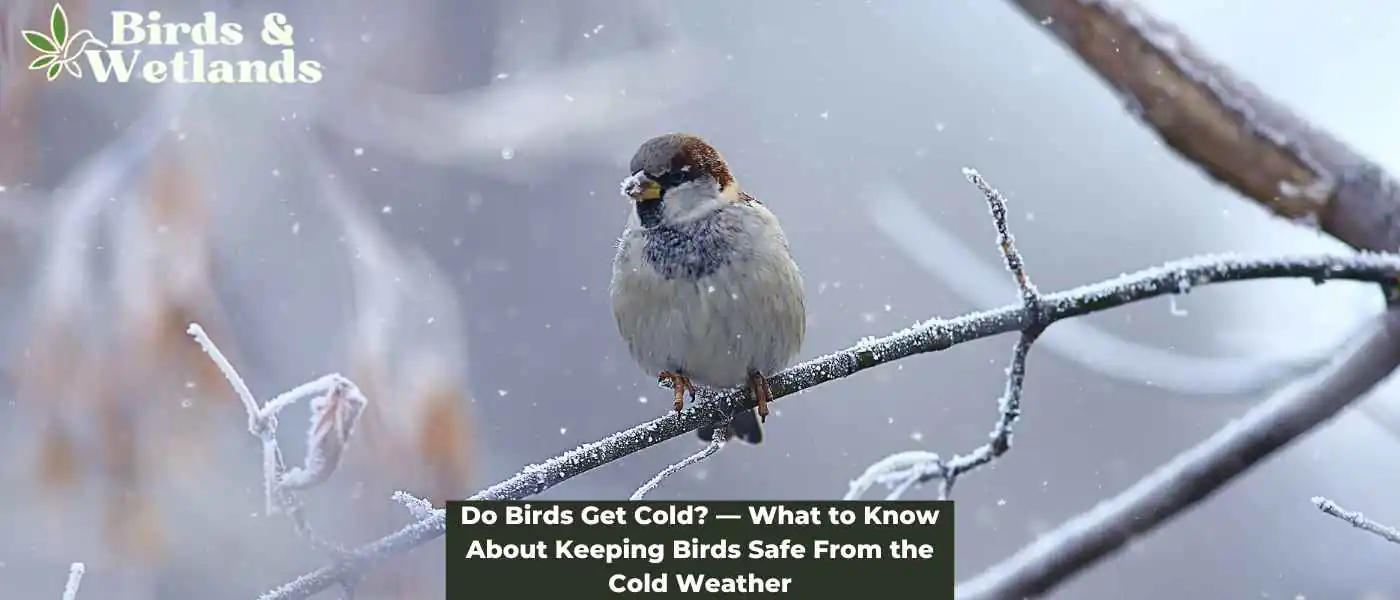Birds are a diverse group of animals, and they can be found in almost every corner of the world. However, as temperature drops, birds have to face the cold challenge. Some bird species migrate to warmer climates during the winter to escape the cold, while others stay put even though it is freezing outside.
Do birds feel cold? The answer is yes, birds do get cold despite having a higher body temperature than humans. However, they have developed special adaptations to help them survive cold weather.
Many birds fluff up their feathers to trap a layer of warm air next to their skin, while others huddle together in groups to keep warm. Birds have a high metabolism that generates heat, which helps keep them warm.
Key Takeaways on Do Birds Get Cold
How birds stay warm in winter
During winter, low temperatures cause animals to become dormant or migrate to warmer climates. However, birds have developed numerous adaptations which allow them to survive in cold climates. These adaptations help the birds stay warm, cope with cold temperatures and even prevent them from freezing.
Here’s how most birds stay warm and survive winter:
Cuddling
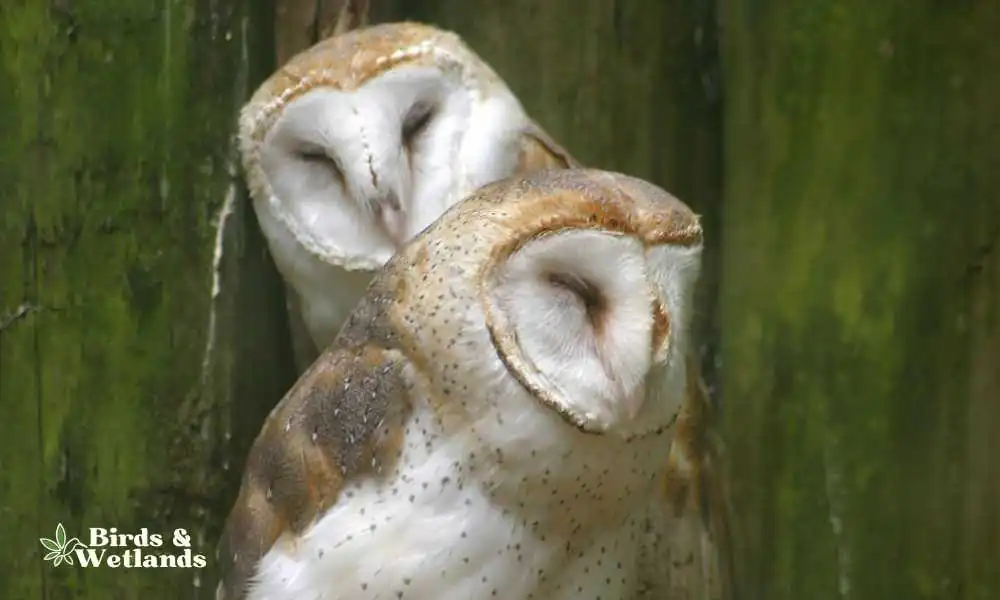
During the most frigid temperatures, wild birds will huddle together in large groups to share body heat and stay warm. The cuddling behavior helps many species of birds to reduce their individual energy expenditure and maintain their body temperatures.
The birds’ feathers in the huddle will fluff up and insulate the air between them, trapping heat and to create air pockets that trap body heat. Moreover, the body contact between the birds helps to transfer heat from one bird to another, which adds to the overall warmth of the group. These birds also tuck their bills into their shoulder feathers which helps them keep toasty warm.
Bird species such as titmice, ruffed grouse, snow buntings, chickadees, sparrows, finches, wrens and tree swallows are often seen huddling together in tree trunks, vines, shrubs and evergreen trees.
Regulated Hypothermia
Regulated hypothermia refers to the ability of some animals, including winter birds like black-capped chickadees, to lower their body temperature by a few degrees during cold weather to conserve energy and survive.
These birds achieve this by slowing their metabolism, reducing their activity levels, and fluffing their feathers to insulate themselves. They also fluff their feathers to trap a layer of warm air next to their skin, further reducing heat loss.
During the winter, black-capped chickadees enter a state of torpor, a period of reduced metabolic activity, at night to conserve energy. Their body temperature can drop by as much as 22°F, allowing them to survive freezing temperatures.
Shivering
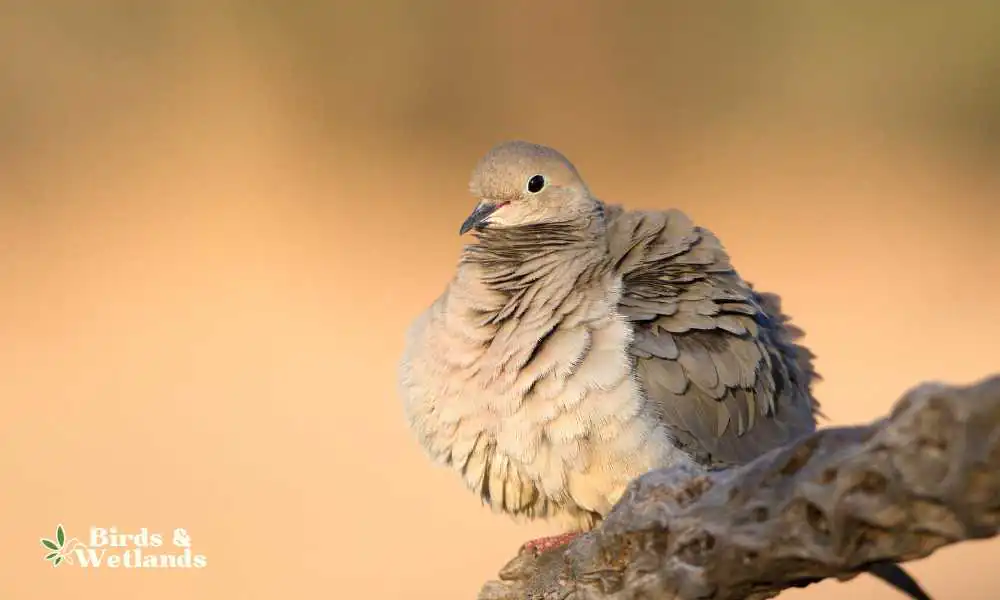
Birds shiver to stay warm in winter. By shivering, they can generate heat without expending too much energy, maintain their insulation, and maintain energy. It also helps them to survive long migrations and to build up fat reserves to last them through the cold winter months.
When birds shiver, their muscles contract and relax, producing heat, which is an effective way for birds to stay warm, as the small amount of heat generated is enough to keep their body temperature at a comfortable level.
Diet Change

Birds require significant energy to maintain their body temperature, especially during the winter when the temperatures are low. To acquire the necessary energy, small birds must consume high-energy foods such as suet, seeds, fruits, and insects.
The high energy content of these foods comes from their high fat and carbohydrate content, which can provide birds with the necessary energy to sustain their metabolic rate, generate more body heat, and maintain their body temperature.
Fats, in particular, are an excellent energy source as they contain twice the amount of energy per unit of weight compared to carbohydrates and proteins.
Preening
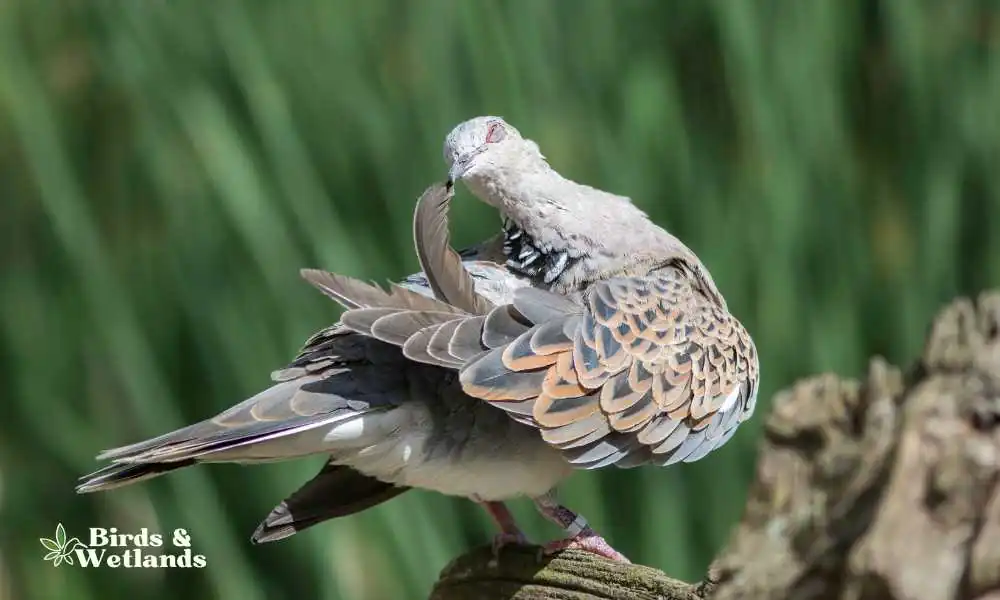
Preening, the act of grooming feathers plays a critical role in helping birds survive winter weather. By maintaining the integrity of their plumage, birds can better insulate themselves and retain body heat. Wet feathers can be disastrous for birds, especially during freezing cold weather.
Preening helps birds ensure that feathers are properly aligned and eliminates air pockets, allowing birds to maintain optimal insulation.
Preening helps to distribute oil produced by the preen gland, which coats the feathers and provides a water-resistant barrier. This barrier helps keep the feathers dry and prevents them from becoming waterlogged, reducing their insulating properties.
Standing On One Leg
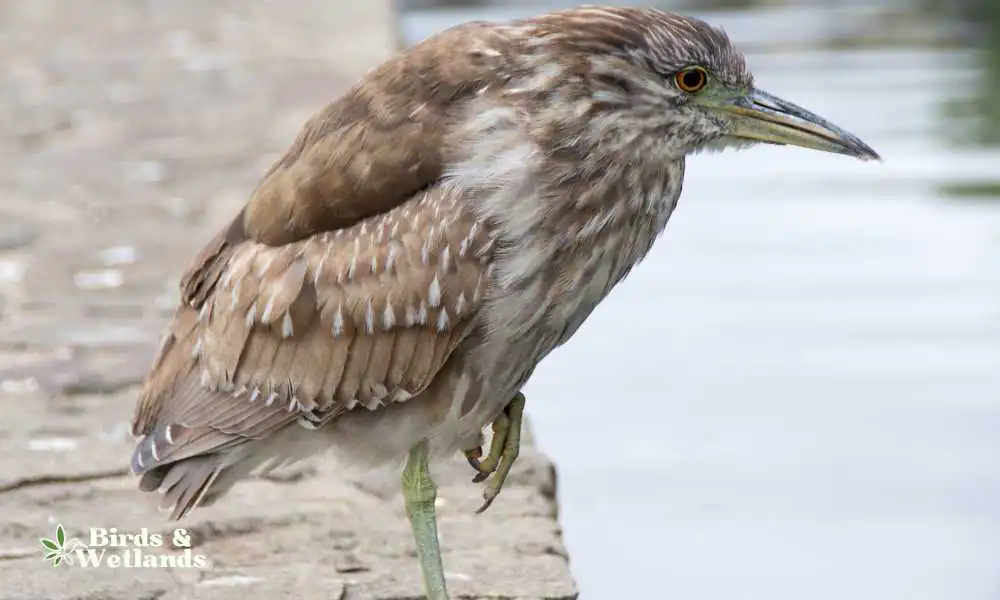
Standing on one leg is a common posture among birds during winter, and this behavior effectively conserves body heat. The reduction in the surface area exposed to the cold environment reduces heat loss through conduction, convection, and radiation. By standing on one leg, birds can reduce their metabolic rate by using less energy to balance their bodies and conserve body heat.
The feet of birds contain a dense network of blood vessels and nerves, which help regulate the bird’s body temperature. By tucking one leg close to the body and standing on the other, birds can limit the amount of blood flow to the feet.
The specific mechanisms by which standing on one leg helps birds conserve body heat vary among species. Some birds may have specially adapted muscles or bones in their legs that allow them to stand on one leg for extended periods, while others may use their beaks or tails for balance and to utilize warmer air.
How to help birds keep warm in winter
Even though birds adapt to extreme cold temperatures, your feathered friends may need help staying warm. Here’s how you can help warm blooded animals such as birds survive the bitter cold:
Provide food sources and fresh water
Providing high-energy food sources to birds can be an important part of helping them survive the winter. Birds can supplement their natural food sources and use the energy from the food to help them survive the winter.
High-energy foods are typically composed of high-fat and high-sugar foods. Examples of these foods include sunflower seeds, peanuts, suet, and nyjer seed. These foods provide birds with the extra energy they need to stay warm and active during the winter.
Small and larger birds also need water source. You can put out a heated birdbath which can be helpful to birds during sunny winter days.
Hugeneroy Heated Bird Bath
The Perfect Winter Helper
The hugeneroy Heated Bird Bath is a much-needed winter survival aid for our feathered friends, offering thermostatically controlled heat, durable construction, and energy-efficient operation.
- Winter-Friendly: Designed specifically for colder seasons, this bird bath maintains water just above freezing point, providing a constant source of liquid water for birds, even in heavy snowfall.
- Energy Efficient: With a built-in 120V 60W high-quality heating element, the birdbath heats up only when necessary, ensuring minimum energy consumption.
- Superior Material: Unlike ceramic or concrete alternatives that may crack under heat, this bird bath is made from quality, BPA-free plastic that withstands heating without generating harmful substances.
- Safety First: Featuring a thermostatically controlled operation, the bird bath automatically cuts off electricity when the water is dry, ensuring safety for the birds and other backyard animals.
- Attractive to Birds: The off-white bird bath blends in with the natural environment, attracting more birds to your backyard. It can also be adorned with colourful stones to make birds feel more secure and enhance your garden aesthetics.
Provide Shelter
When the temperatures drop and winter sets in, providing birds with an extra layer of protection can make a huge difference in survival rates. A suitable shelter such as a birdhouse is one way to ensure that birds have access to some form of shelter during the cold winter nights.
Roofed birdhouses, tree cavities and nest boxes help keep out cold winds on a winter day, which helps keep birds warm, minimize heat loss, retain more heat and conserve their energy for foraging activities and other important needs.
Having shelter also reduces their stress levels, allowing them to maintain good body condition levels and avoid detrimental health issues caused by the harsher winter temperatures.
Do birds’ feet get frostbite?
Cold-climate birds usually do not get frostbite because their cells contain very little fluid which means their risk of frostbite is low. This is due in part to the fact that bird’s legs and feet are mostly made up of tendons and bones with specialized scales, with very little muscle or nerve tissue.
Some birds can even regulate the temperature of their legs and feet separately to near freezing point which helps them not to lose heat.

